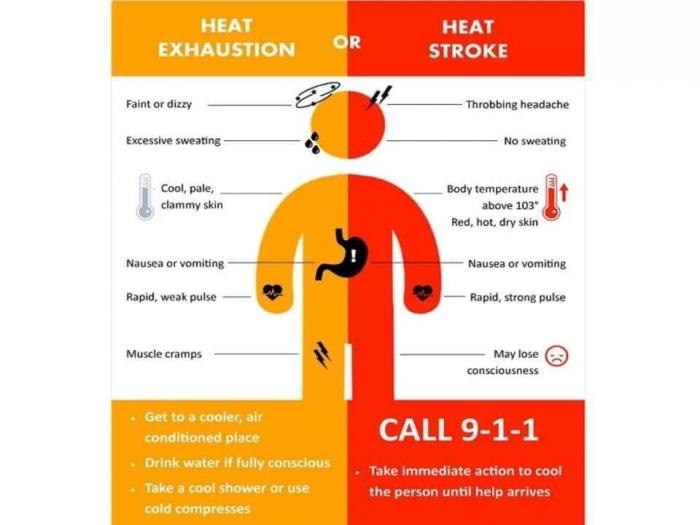Latest News
- Bay Area Employers: Shelter in Place Order Extended
(posted: Apr, 2020)SIP extended through May 31st. The SF Bay Area will continue to shelter in place through the end of May, even as other parts of the U.S. begin to reopen.
Latest Blog
- Bay Area Counties Issue New Order, SIP thru May
(posted: Apr, 2020)
The 6 counties are extending SIP through the end of May, but are also easing restrictions in a few key areas like construction.
Summer is Hot: Avoiding Workplace Heat Illness
(posted: July 15th, 2018)

Whether you are in Dallas, Phoenix, or Los Angeles, triple-digit temperatures are becoming summer standard, and California can be one of the hottest states in the nation.
With this article we want to remind all employers, especially those with employees who work outdoors, in open-air environments, or in driving and delivery situations, that OSHA, Cal-OSHA, and the California Labor Code all prescribe protections from the heat.
Keep in Mind California's Rest and Recovery Breaks
California employers must provide non-exempt employees with a paid 10-minute rest break for every four hours worked or major fraction thereof. Refresh your memory on the full requirements, here. Employers in certain industries have additional obligations to help outdoor workers avoid heat-related illnesses by providing water, shade, and additional rest breaks, as required by California's regulations.
Heat Illness Prevention Regulations
Who is subject to heat illness prevention regulations?
Anyone with outside workers, but the list of industries commonly affected includes:
- Agriculture
- Construction
- Landscaping
- Oil and gas extraction
- Transportation or delivery
What does California require regarding outdoor places of employment?
Employers must establish, implement, and maintain an effective heat illness prevention plan for outdoor workers. The Department of Industrial Relations offers detailed instructions and tips to help employers comply with state laws.
Here are some of the primary concerns:
Drinking Water.
In addition to mandatory break periods, employees must have access to potable water that is "fresh, pure, suitably cool, and provided free of charge."
Shade.
If temperatures exceed 80 F, employers must maintain an area with shade at all times that is either open to the air or provides ventilation or cooling.
High-heat procedures.
When temperatures exceed 95 F, employees in the industries specifically listed above must be given a minimum 10-minute cooldown period every two hours. These breaks may be concurrent with meal or other rest periods when the timing aligns properly.
What should I do if a worker suffers from heat-related illness?
If a worker shows any signs of heat-related illness, a supervisor should be prepared to respond with first aid or other medical intervention, and should not permit a worker showing symptoms of heat-related illness to resume working until the worker has sufficiently recovered from the symptoms.
To prepare for the heat this summer employers should:
- Develop a heat illness prevention program.
- Provide employees training on the heat illness prevention program, including how to recognize, prevent, and treat heat illness.
- Develop a system to monitor weather conditions on, at least, a daily basis, and, preferably, multiple times per day.
- Provide water, shaded areas, and cooling stations for employees
- Develop an emergency response plan in the event an employee suffers from heat illness.
- Acclimatize new and returning workers.
- Develop regimented work/rest regimens for when the heat index is high.
- Actively supervise employees to evaluate for signs and symptoms of heat illness.
Please contact us with any questions, and here's to a safe and productive summer!



